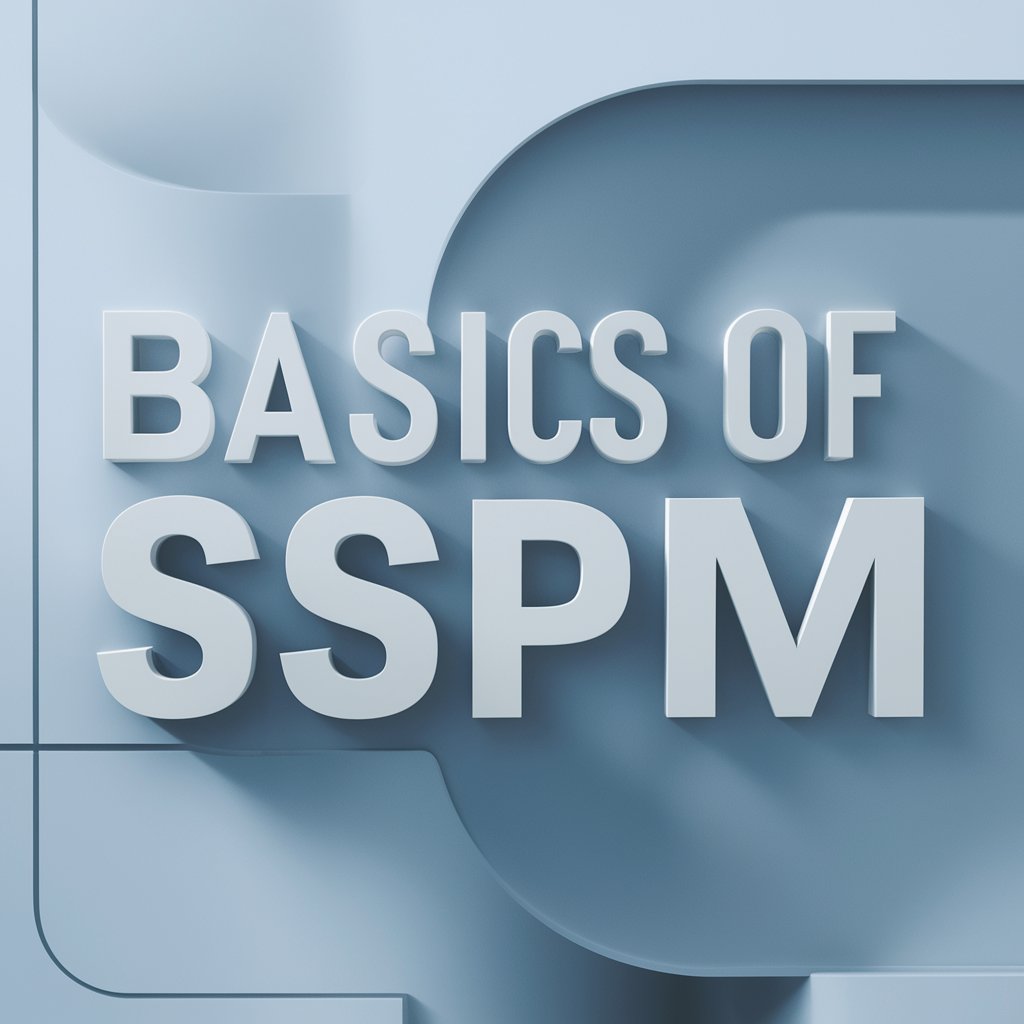Every company needs to take its security seriously. Any day, you may be attacked by someone so you want to make sure that you are as safe as possible. It is really hard to keep in check everything when it comes to your company in relation to its security but it is even more difficult when you need to work with someone outside the business. That is why SSPM is set in place so that it can ensure that everything they do is in adherence to the security protocol set by the company. Here, we will present to you some of the things that you should know about it.
What is SSPM?
The term SaaS Security Posture Management (SSPM) describes strategies for overseeing, protecting, and improving an IT’s numerous services and processes. It covers managing compliance, responding to issues, continuously monitoring, and securely deploying services. The main goal is to reduce risks and vulnerabilities by making sure everything is in line with security policies and industry standards. It helps keep SaaS apps safe by tracking, analyzing, and enhancing their security measures.
The advancement of SaaS applications
The advancement of SaaS applications has had a huge influence on almost all industries and many factors have had their share in this progress. The advances in technology have had a great influence on the use of these applications. Particularly, the development of cloud infrastructure and the ease of accessing stable Internet connections have enabled them to be used more easily and more often. Because more people are using them, that means that there is more funding for the development, and that entails that it is better for users. Also, more companies use their services because they do not need to invest in expensive hardware and software; all the tools that they need will be available by using what they have to offer.
Data protection
SaaS applications usually deal with large volumes of confidential data, including financial records, company information, intellectual property, and personally identifiable information. The security of this data is important for protecting the company’s brand, keeping customers’ trust, and meeting regulatory requirements. Encryption is the best measure for this, as it helps to avoid unauthorized access and ensure secure data transfer and storage between users and SaaS apps. Controlling who has access to what data is another important task of advanced SaaS security posture management that establishes rigorous access control procedures. Also, it makes sure that businesses can swiftly restore crucial data and keep their operations running in case of a data breach or other security concerns, as this management offers dependable backups. Security audits and assessments should also be a part of data protection policies to help find any vulnerabilities and make sure everything is up to code.
Regulatory compliance
Regulatory compliance is an essential part of SSPM, which makes sure companies avoid hefty fines, legal ramifications, and harm to their reputation. Strong security policies and controls that are relevant to regulatory requirements are essential for companies to stay compliant, and this involves tasks like making sure data is encrypted. Regular security audits and assessments can help find and fix compliance holes and stay relevant to any changing rules. SSPM incorporates constant monitoring and documenting of security activities, so companies can protect sensitive data, build trust with their customers, and stay ahead of the competition if they incorporate compliance into overall security strategy.
Risk mitigation
Risk mitigation is the process of finding, analyzing, and fixing possible security risks that come with SaaS apps, and SSPM is there to reduce these dangers. Doing a detailed risk assessment is the first thing that needs to be done to lower the risk, so companies should look into the weaknesses of their SaaS apps, like wrong settings, no encryption, or not enough access rules. Using security tools like multi-factor authentication (MFA), encryption, and regular software updates can reduce the chances that someone will have access to sensitive data and breach it. Setting up strong access control rules also makes sure that only authorized people can see and use important data within the company. Companies can quickly find and fix problems with SSPM by keeping an eye on strange activities or possible threats. If they have a well-defined strategy, they will be able to handle security breaches well and get everything back to normal quickly.
Better visibility and management
Without the right level of visibility, companies cannot spot any security problems, enforce rules, or quickly react to prevent bigger harm. They should know everything about the SaaS apps that are being used, including how they are set up and what data they are handling. Tools like SaaS management platforms help companies keep an eye on and analyze user behavior, data flows, and application performance. When it comes to better management, it means that companies will have more power to enforce security rules, handle user access, and make sure they follow all necessary rules thanks to SSPM. This proactive approach ensures a strong security posture, keeps the company’s data safe, and operations running smoothly in an environment that is always changing.
Key components of SSPM
This service manages a lot of aspects within a company. It identifies and catalogs all the applications that are used by the company. Also, it maintains the inventory so that it can understand the SaaS landscape and the risks that go with it. Another important part of SSPM is incident response, which is all about finding, managing, and reducing security incidents quickly. Companies need a clear plan that will show how to find breaches, stop threats, get rid of malicious activities, and fix systems that have been harmed. This involves important tasks like real-time monitoring and automated alerting. This helps companies to stop data loss and cut down on downtime.
Companies must have good SaaS Security Posture Management, as it helps them keep private information secure, follow all laws and regulations, and lower security risks. By following these practices, they can improve their security levels and use SaaS apps with more confidence. Nowadays, this has become a must, not only a luxury or a suggestion.






